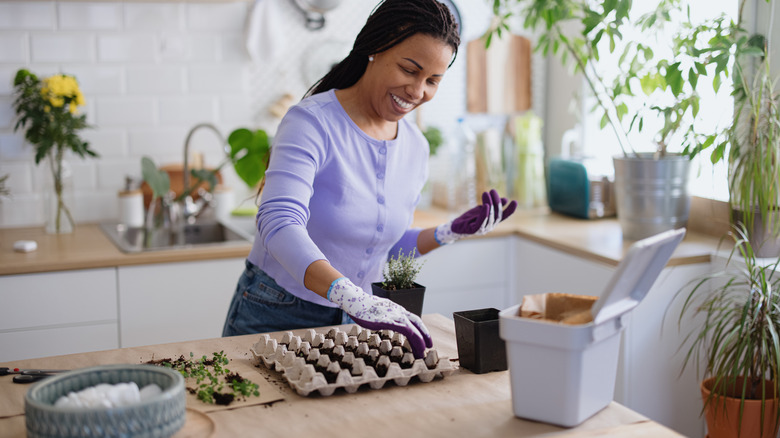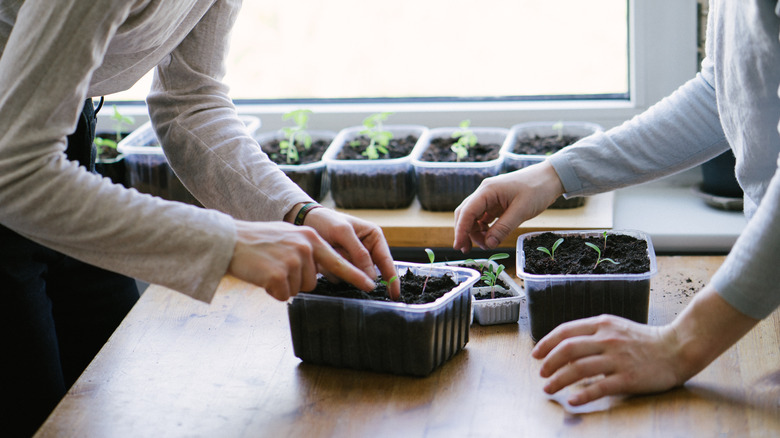Will Priming My Seeds Improve The Germination Process?
If you're hoping to grow delicious veggies or gorgeous flowers, seed germination is a vital step. But it's not always easy to get consistent and uniform germination. That's where seed priming can come in handy. This technique involves pre-soaking seeds in controlled conditions to get them ready to germinate. By doing this, you can speed up the process of going from seed to seedling, which means they will grow faster and more evenly.
Seed priming has multiple benefits. Not only does it speed up the germination process, but it can also make the seeds more resistant to stress. This means the seedlings can handle harsh conditions like drought and extreme temperatures. Seed priming can help produce healthier plants and potentially higher yields. So, whether you are a gardening enthusiast or a novice grower, seed priming is a valuable technique to consider for a more successful and resilient crop or garden.
Seed priming techniques
There are different methods of priming, such as using growth hormones or chemicals, but if you're looking for a simple and effective way to prime your seeds, water is your best bet. To get started, make sure you choose high-quality seeds in good condition, uniform in size and weight, and without any damage or mold. These seeds will have a better chance of responding well to priming and growing into healthy plants. Then, pop your selected seeds into a container and cover them with hot water.
Let the seeds soak for at least 12 hours but no longer than 48 hours. This will help kickstart the germination process without over-hydrating them. During this time, the seeds will absorb water and start getting ready to sprout. After the soaking period, remove the seeds from the container and allow them to air dry on a clean surface. Once the seeds are dry, they're ready to be planted.
Creating the ideal environment for seed priming
Seed priming can be a great way to help your seeds germinate and develop into healthy plants, but there are a few things you should keep in mind before you start. For example, it's essential to know that not all seeds will react the same way to this process. Different types of plants may have varying levels of success with seed priming. Bigger seeds and seeds with tougher shells, like beans, peas, pumpkins, and sunflowers, tend to do well with soaking.
Additionally, consider the specific environmental conditions of your location and the natural adaptations of the plants you're growing to determine if seed priming is the right choice for your garden or farm. It's also important to maintain a controlled environment during soaking. Choose a location with stable temperatures and avoid exposing the soaking seeds to direct sunlight or extreme fluctuations in conditions. The goal is to create a nurturing environment that supports the seeds' hydration without stressing them.

